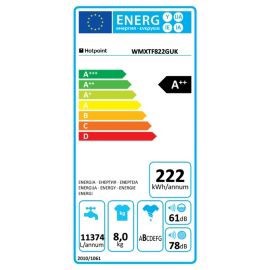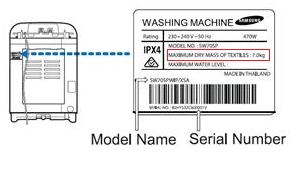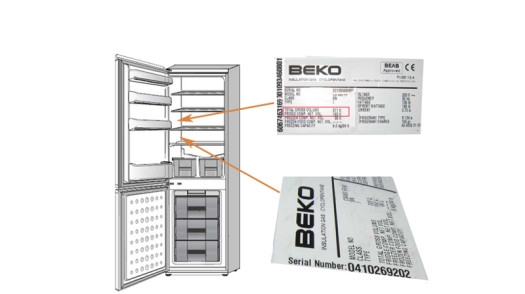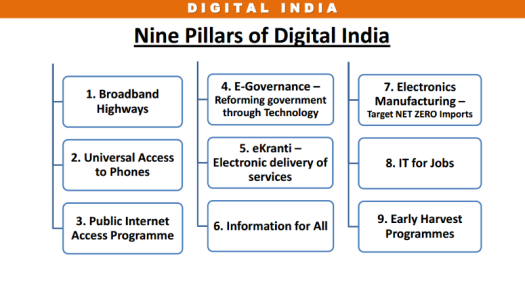When the Lord Himself is the Teacher,
You are the True Enlightened!
5th September, our tribute to the Teacher & the Lord Krishna on his Birth Day!
“Update: ZeroWaste is now InstaCash”
यद् आदित्य-गतम् तेजो
जगद भासयते ‘खिलम्
यच चन्द्रमासी यच चाग्नू
तत तेजो विद्धि मामकं
The brilliance of the sun,
which disperses the darkness of the world,
the luminosity of the moon,
and the intensity of fire are also from Me.
– Lord Krishna, the Great Teacher!
True Knowledge leads to the path of Growth
Indeed! None can remain untouched from the radiance of true knowledge. For knowledge dispels ignorance and paves way for growth. Growth is what we all seek as life itself manifests as growth. The knowledge leads to growth which in turn leads to a better and evolved life. Thus a student benefits from the teachings and achieves glory in its light. A true student, is the one who diligently gains from all sources around him, imbibes important leanings to overcome obstacles in his / her chosen path.
The Customer is the best Teacher
ZeroWaste in its proclaimed mission is striving to make the world a greener and healthier place. With a clear sight set on mitigating the scourge of E Waste from our lands it has travelled and grown. In the journey as the social enterprise, it has learnt from all around, it has come in contact with. Learnt from the nay Sayers, it has learnt from the competition, it has learnt from the people that work for it; but by far the most important leanings has come from its valued patrons, its customers.
It has learnt and gained immensely from its customers. The customers have shaped the way all its processes today work. Customer’s valuable feedback, insight and suggestions have enabled it to evolve.
Dedicating ZeroWaste to the Customer!
The online electronics evaluation and selling services
Certainly, valuing the customer as its true Teacher, ZeroWaste has been able to come out with unique and innovative solutions which would benefit all. 5th September, marks a special and auspicious occasion when ZeroWaste is proud to unveil and dedicate one of its most important online services, ‘ZeroWaste’ to the true teacher, its customers!
The Remarkable features of ‘ZeroWaste’
‘ZeroWaste’ is an innovative and path breaking online service in as much that it offers the convenience of instant online evaluation; exceptional model / brand based pricing, at your door pick-up and on the spot cash payment facilities. Amazingly the entire transaction that follows, comes with an assured process completion turnaround time of 48 Hrs.
Undeniable it is the best ever offering made to the customers
- Instant Appliance Evaluation
- Extensive Price Discovery for all electronic brands & conditions
- Schedule your own pick up home pickup and
- Enables Cash payment at your door step
- Easy Order Confirmation & Status Tracking
- Transactions Processed in Less than 48 Hrs
- Go ahead; we encourage you to make the most of it.
Note: This post was originally published in September 2015 and has been completely revamped and updated for accuracy and comprehensiveness.







